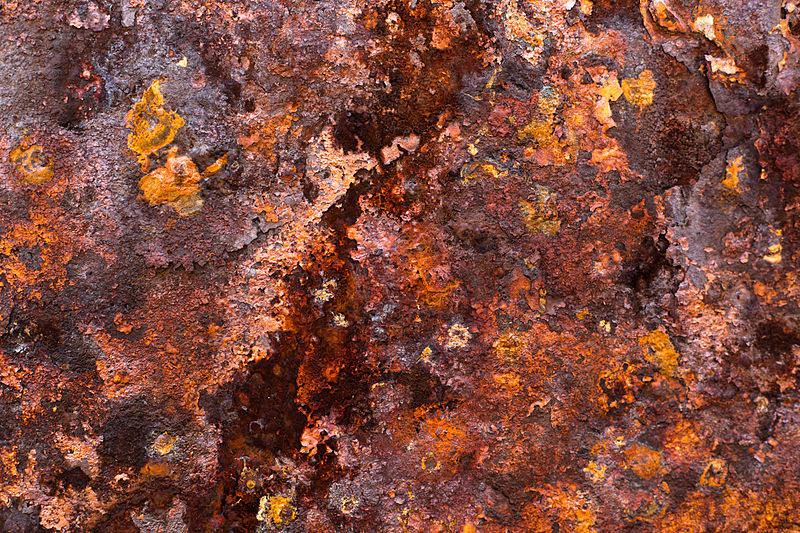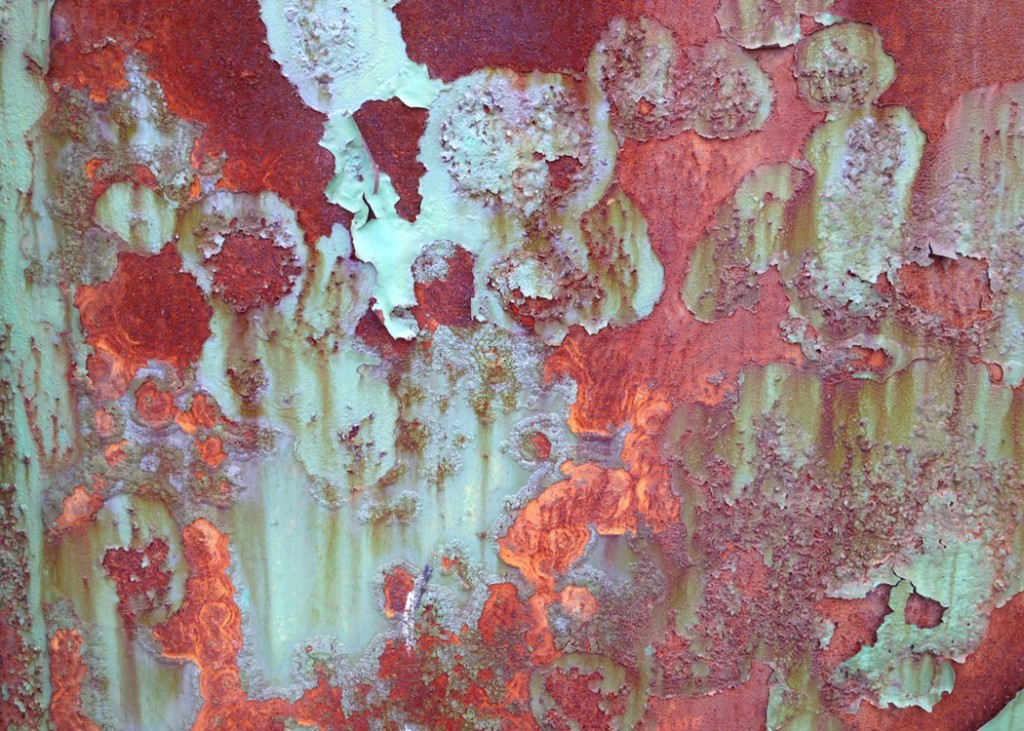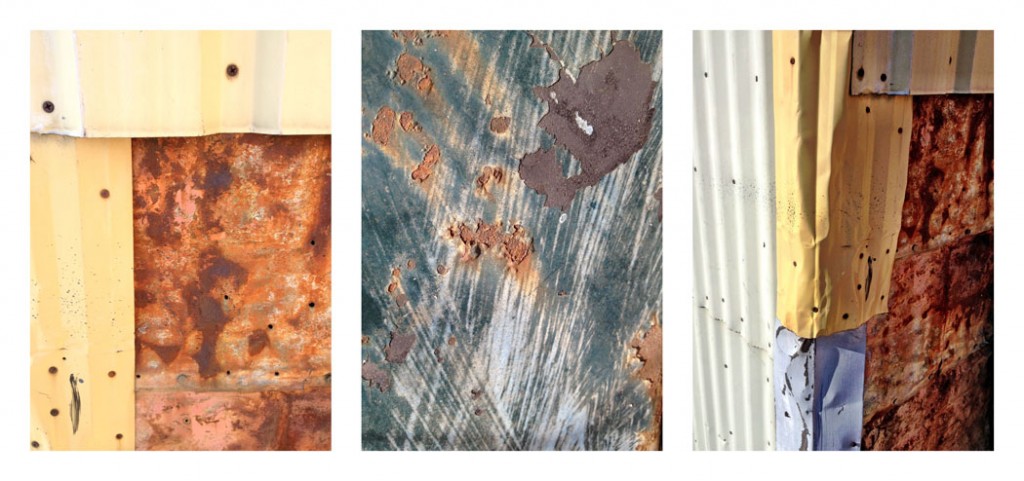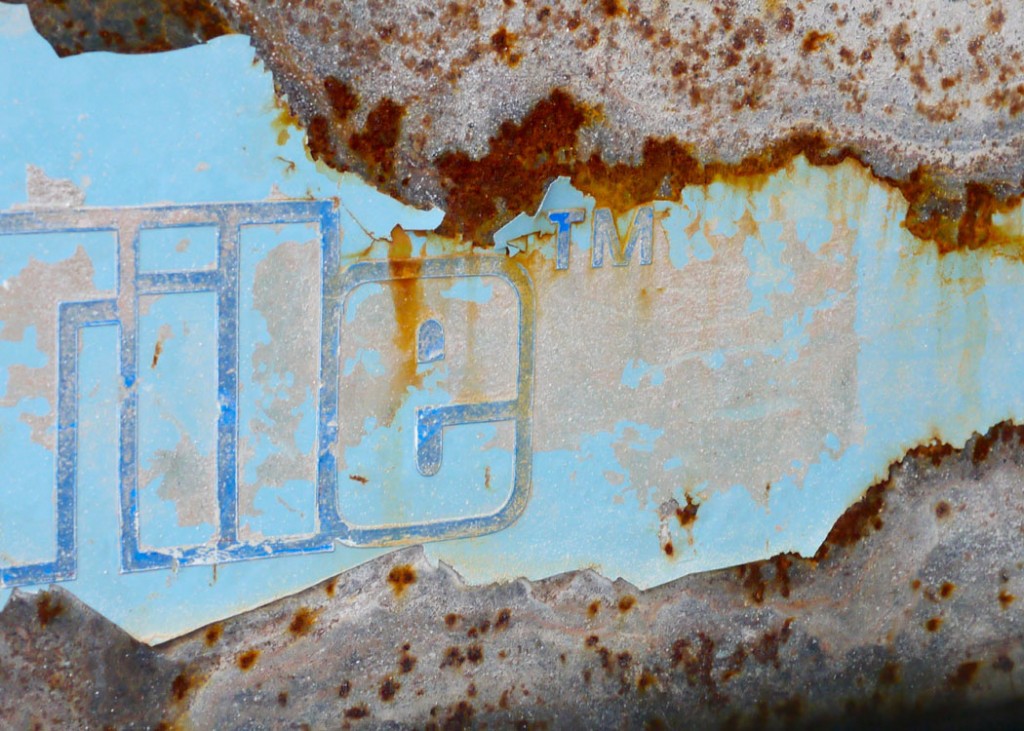** Books mentioned have Amazon or Bookshop affiliate links, meaning I make a few cents if you purchase through my link. I only recommend books that I’ve read.
How do you behold the world? In the first chapter of her book, Eyes of the Heart: Photography as a Christian Contemplative Practice, Christine Valters Painter describes attention as “beholding”, or seeing with reverence.
The conscious spiritual act of beholding a person, place, or particular situation is a receptive act of releasing our judgment and projections as much as possible. From this accepting and open vantage point, the mind and spirit are free to experience awe, wonder, and the movement of the Spirit.
She also quotes Thomas Merton, one of my mentors in seeing and a master of attention.
How the blank side of a frame house can be so completely beautiful I cannot imagine. A completely miraculous achievement of forms. ~ Merton
When our judgments and projections fall away, we suddenly see in brand new ways. What was once considered ugly or uninteresting or not worthy becomes miraculous.
Attention or close observation is an essential contemplative habit.
I will be doing a series of posts on subjects that we normally judge in this way, the first one being rust, a subject near and dear to my heart.
What is rust? From Wikipedia – a corrosive process – a collaboration between iron, oxygen, and moisture (or air) – over time. It is a form of disintegration. When you think of it, our bodies go through the same process over time and with interaction with our environment. Quite possibly, my own aging process is a factor in how I see rust. Can I age beautifully and gracefully as I believe rust does?
Iron rust is mostly red. However, we do see many other colors. For example, green rust is created by the interaction between iron and chloride and where there is little oxygen. Another intersting tidbit about rust is that what disintegrates is the surface layer, leaving no protection to the iron underneath. The surface is flaky, revealing the underlying, unprotected inner layer. Hopefully, as we grow older we become more transparent as well. Patina is similar to rust. It is a tarnish that forms on other metals like copper and bronze, also as a result of age and exposure to oxygen and other things in the atmosphere. Unlike rust, patina can be a protective layer.
Over the past year, I’ve closely observed and photographed rust in many different places and situations. What I love about it is that each piece is uniquely different. Here are a few examples.
Do you see the beauty in rust?
For more urban decay, see part two on wabi-sabi and wood and part three on walls and roads.
More Resources
On observation and intuition – Brain Pickings
Beauty and Indifference – on this blog





Yes, I do see the beauty in rust – in the lovely random disintegration – its patterns and colors and textures. And its inherent uniqueness. Wonderful examples.
Oh, I’m glad there is someone else who does too. 🙂
To tell the truth, your images are what helped me to see the beauty in rust, Kim. It’s not something many take the time to truly see, still less share with others. It’s interesting that learning about what rust is also gives me more appreciation for it. I lack your ability to see beauty in everything, everywhere, but maybe there is hope for me yet!
Oh, Indigo, there are still some things I have trouble seeing as beautiful too. It’s all subjective. As someone said on Google+, rust(decay) is all art of the same cycle as growth, so how could it not be beautiful?
I love things like rust. This inspired me to get more texture and patine. I love rusting buildings, roofs, etc. But I especially appreciated today the list of photographers. I do not study many others and it is important to do.
I’m glad you appreciate rust too. Thanks for stopping by.
I am quite obsessed by rust and love posting rust pictures on Instagram. It was quite a relief to discover I was not alone in this!
Oh, this is great. Rust lovers unite!
i’m an A level photography student, i’ve chosen you to do an analysis and response too, your work is amazing.